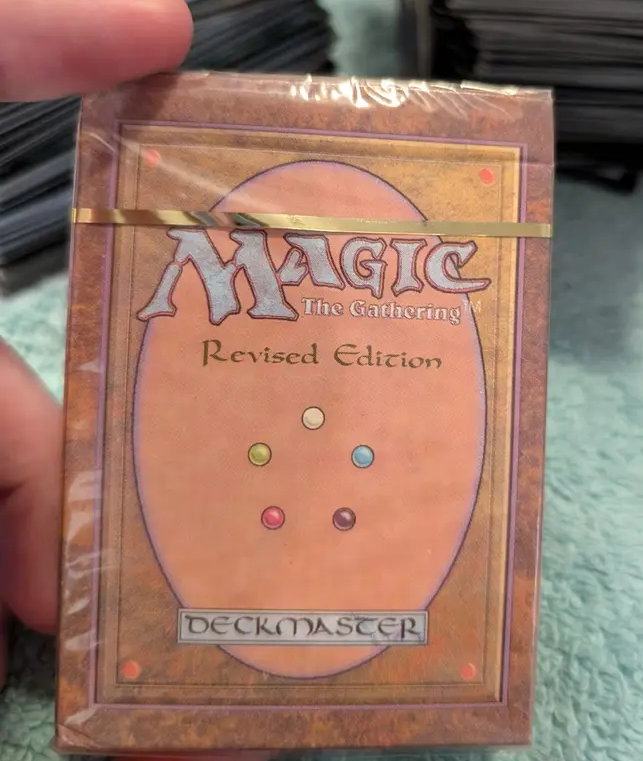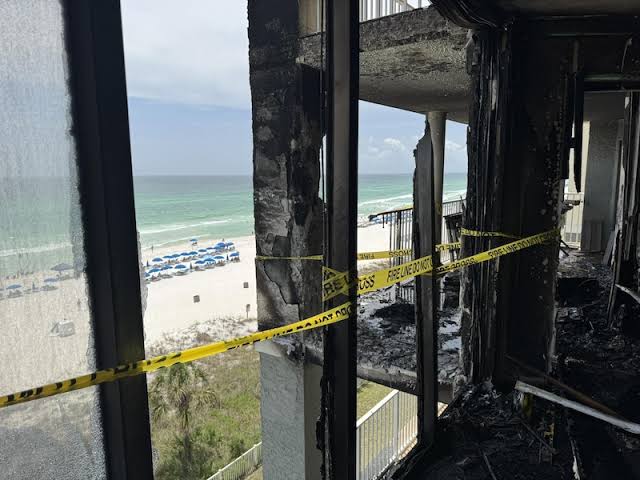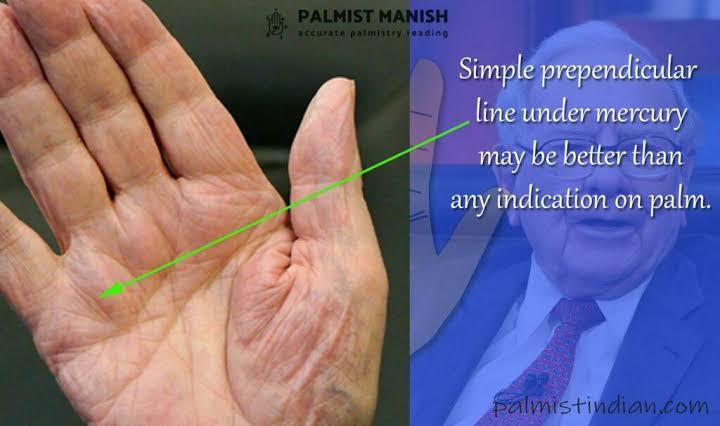
What an 800-kilometre hike taught me about life: For six weeks, I walked the Camino del Norte in Spain, my first solo trip in decades
I learned not to focus on the distance I needed to walk, and to instead absorb the gifts along the way.
The rhythmic crunch of my hiking boots on the gravel lulls me into a reverie, as the October sunrise backlights the grasses along the trail and casts a warm glow over the fields in Spain. I’m walking with my new friends, Gayle, 59, from New Zealand, and Daniele, 75, a Frenchwoman who lives in the U.K.
We’re outside the town of Arzúa in Galicia, where the Camino del Norte joins the Camino Francés. I’ve spent the past six weeks walking the del Norte the more than 800-kilometre trail along the Spanish northern coast. It’s a journey I began by myself, a middle-aged woman and mother travelling solo for the first time in 20-plus years.
But I’ve been alone only occasionally and never lonely. As we move into the final stages of our Camino on this particular day, we are joined by hundreds of others moving quietly along the sun-speckled trail.
It’s a shock going from the remote countryside of the del Norte to this sea of people, wave after wave moving in the same direction with a common purpose: to reach the Catedral de Santiago de Compostela, where the bones of the Apostle Saint James are believed to be.
All Camino routes lead to Santiago, which is the third most popular pilgrimage destination in the world, after Jerusalem and Rome. This past summer, more than 3,000 peregrinos arrived daily at the pilgrims’ office in the city to be issued their compostela, or certificate of pilgrimage.
The del Norte is one of the least travelled of all the Caminos, which means this path doesn’t have the infrastructure to support large numbers of peregrinos; there aren’t always cafes or places to sleep where you want them to be.
It’s also the second most challenging in terms of terrain. It has taken me through the Pyrenees and Cantabrian mountain ranges, up as high as 600 metres (1,300-plus feet), offered stunning views and unrivalled beaches along the Cantabrian Sea coastline, allowed me to explore historic cities and breathe in the scent of eucalyptus forests.
I walked between 18 to 38 kilometres a day for six weeks, sometimes alone and sometimes with others. I carried all my belongings, about 17 pounds, on my back. The ascents and descents on old Roman roads and cow paths took a toll on the body. I began wearing an ankle brace after needing three days’ rest in Bilbao to heal. My shoulders hurt. Anti-inflammatories became a staple.
But every pain, every ache is worth it. Your journey is your own, they say on the Camino. I learned not to focus on the number of kilometres I needed to walk, nor my destination for the day, and to instead absorb the gifts along the way. I discovered that walking up mountains or descending into valleys is a metaphor for life:
Sometimes the path is rough, the climb arduous, but it helps to have friends along for the journey.
Look down to make sure you don’t slip. Look up to see the beauty around you.
Look behind you to appreciate how far you’ve come, and the views you wouldn’t see otherwise.
Getting wet is no big deal if you’re prepared.
Carry less.
The Camino is the sort of place where you meet someone, walk with them for a few hours or a couple of days, and you are changed by the encounter. While I made friends on the Camino that I’ll keep for a lifetime, I also made friends and lost them in the space of hours, simply because we walked at different speeds, or ended our day in a different place. The permanence and impermanence are part of the journey.
On this day outside Arzúa, there is joy but also sadness as our journey nears its end. As the morning warms up, Gayle and I stop every few metres to take photos of the sunrise with our cellphones. We’ve done this every day we walked together.
I am grateful for both Gayle and Daniele, for their sense of adventure, their wisdom and humour. Both are well-travelled; Daniele has climbed to base camp on Mount Everest. The del Norte is her fourth Camino, and although plagued by plantar fasciitis, she is already planning to walk the most difficult Camino, the Primitivo, next September.
“Age is in the mind and, also, it depends if one keeps fit or not,” she says. “If I were 25 years old, I would walk much faster. At 25, I was running up the slopes of the Sierras, competing with a friend to see who would get to the top first!”
This is Gayle’s second Camino. She and I met last November on a Camino Facebook page and walked about 60 per cent of the del Norte together. We couldn’t have been more well-matched. We walked at the same pace, we captured the most mundane moments on our cellphone cameras and called them beautiful, and we laughed at each other’s jokes.
There is nothing like having a gap year later in life, when you appreciate it more, and the connections you make,” says Gayle, adding impishly, “Like finding a new friend who also stops dead in their tracks when they see ‘that photo’ in their mind’s eye that no one else would even ‘get.’”
Two days later, Daniele and I stand triumphant in front of the cathedral, our journey at an end. Gayle arrives the next day. Our Camino becomes something else now; it becomes the sense of accomplishment, the melancholy of goodbyes, the questions about what’s to come, and when are you doing your next one?
I don’t have answers to those questions yet but remaining open to the lessons ahead means my Camino journey is not really over.








